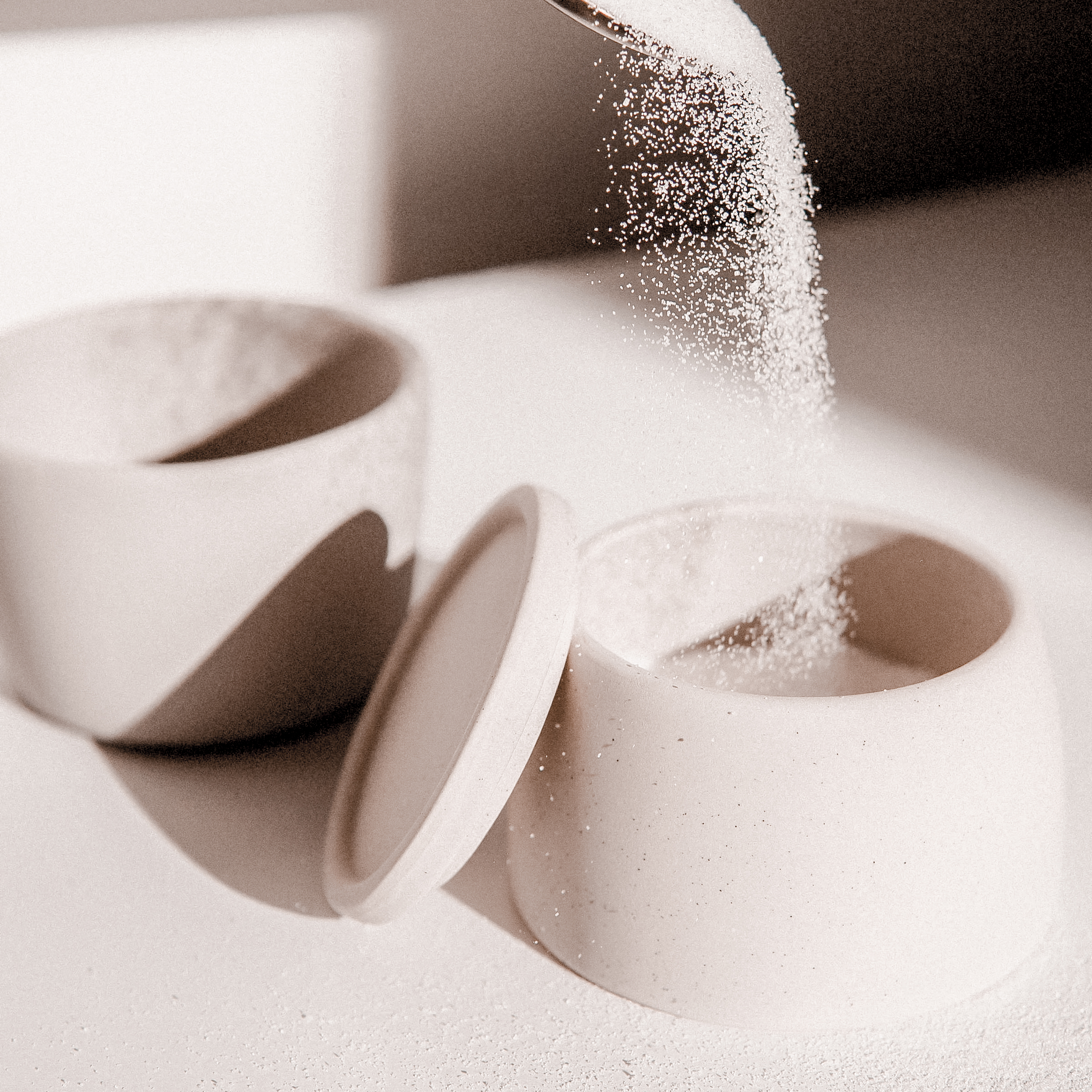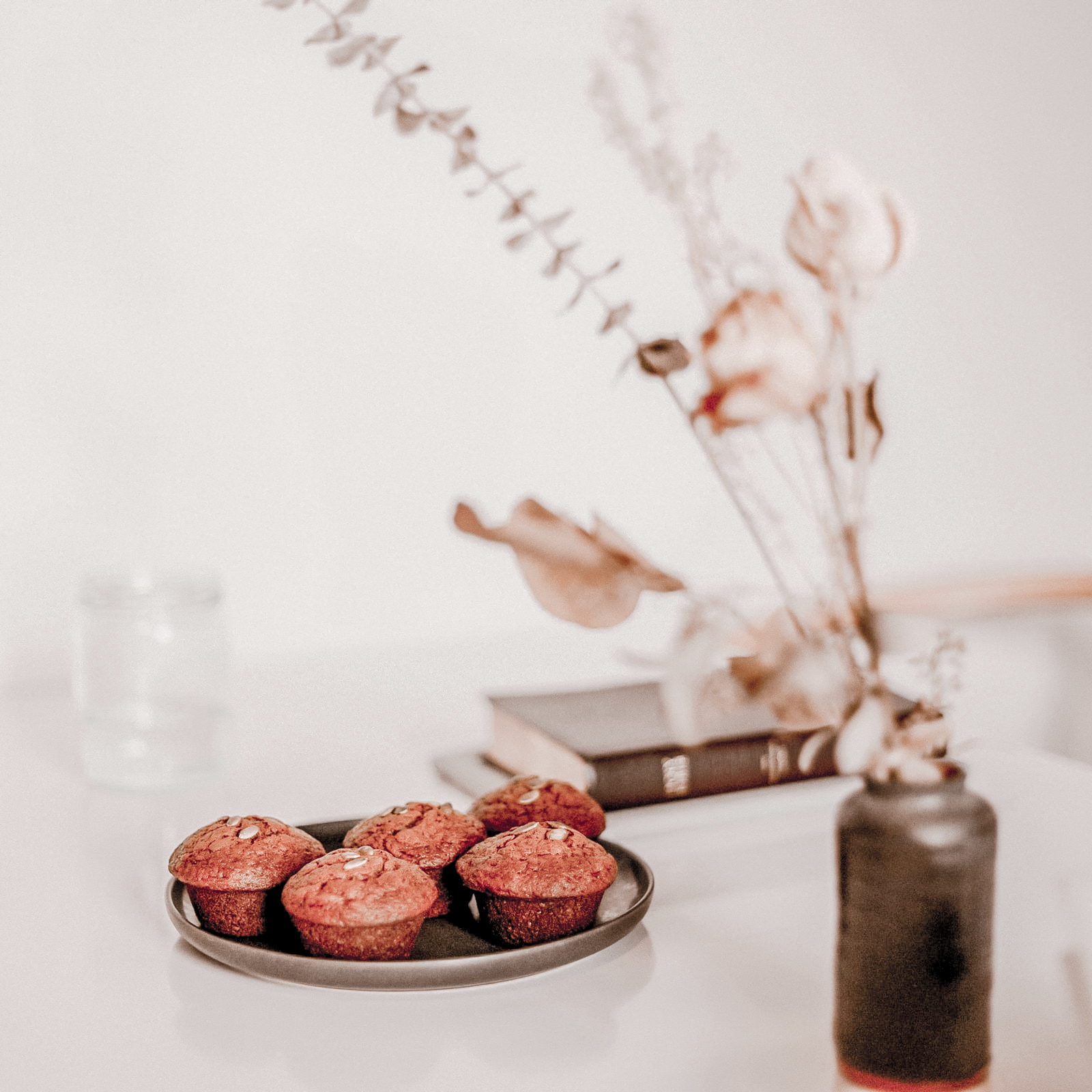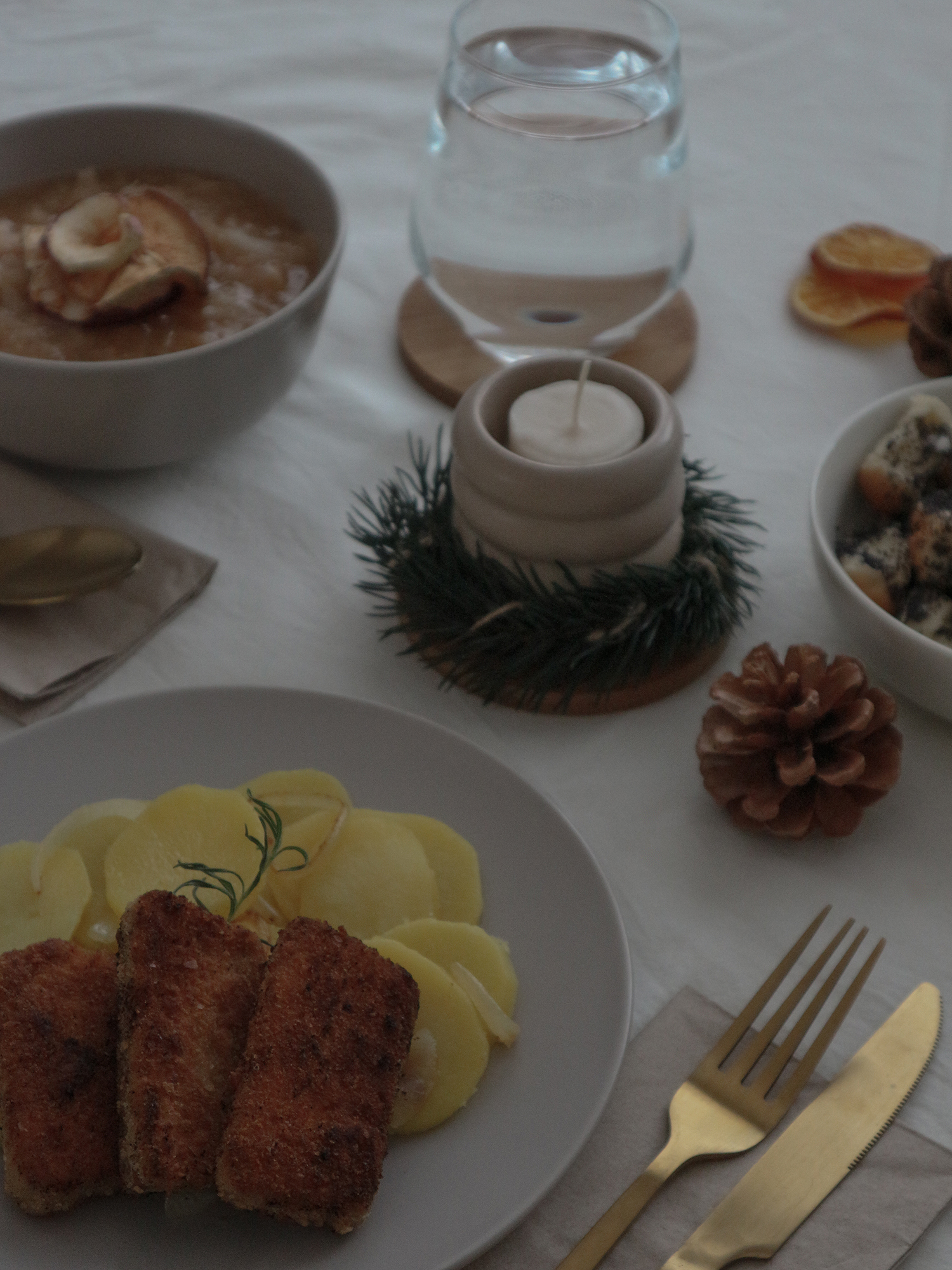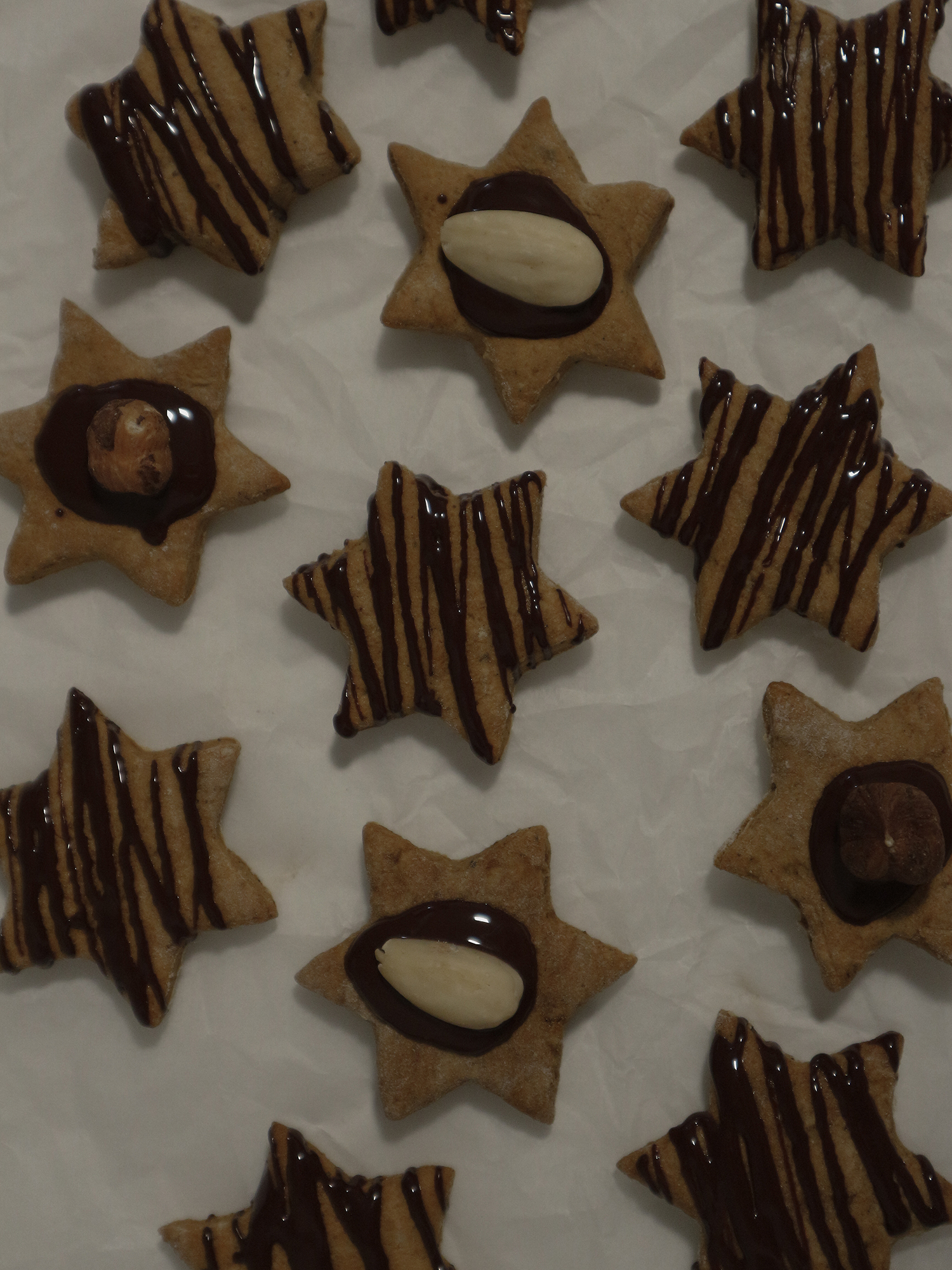

Flour
PLAIN
There is probably no one who doesn’t know it; it’s suitable for preparing most traditional desserts, so also for muffins. Mostly wheaten, it works well and you always make the perfect dough out of it.
SEMI-COARSE
Creates a coarser structure than the plain one. It’s ideal for fruit muffins, where it will help maintain the consistency of the dough. The best solution is to mix it with plain flour.
WHOLEGRAIN
It has the highest content of beneficial substances and are therefore the most valuable for us. For muffins, however, it’s better to go light with it, the dough is then dense and the muffins are not so fluffy. It’s therefore ideal for combination with one of the plain flours.
RYE
It’s more nutritious than wheat. It can be used alone or in combination with other flour.
RICE
Basic from gluten-free flours. It’s smooth in muffins and its properties are similar to wheat flour.
ALMOND
Naturally gluten-free, it’s especially suitable for baking cakes, sweets or desserts. It can be used completely alone or in combination with another flour. Almonds are also a rich source of energy.
BUCKWHEAT
This flour has a rich, slightly nutty taste and is ideal for baking muffins. However, it’s suitable to combine it with rice flour, for example, because it can make a friable structure.
FLAXSEED
Its colour fits into muffins, which we want to be darker. Flaxseed flour is full of fiber, but it’s better to mix it in smaller quantities as a supplement to other flour. When mixed with the liquid, it also denses the dough quite a bit.

Sugar
WHITE SUGAR
The same case as plain wheat flour — a very basic ingredient. If you find a recipe and only sugar is written in it, then this is it. It is made from sugar beet by refining and has become a frequent target in recent years due to its alleged harmfulness. Nothing goes wrong with it, but it can also be easily replaced by a healthier option.
BROWN SUGAR
A slightly better option than white sugar. It gives the muffins a darker colour and a slightly caramel taste.
CANE SUGAR
It contains healthy molasses, which is already in the basic production raw material. Agian, the muffins will be darker and will get a caramel taste. They will be more crunchy after baking.
MAPLE SYRUP
The perfect alternative to any sugar. Both in terms of taste and health. It affects the resulting taste. When you replace sugar in a recipe with maple syrup, you have to put less of another liquid ingredient to achieve the same dough consistency.
AGAVE SYRUP
Great for fruit muffins and is the sweetest of all syrups. I always find its taste a little exotic and very interesting.
COCONUT SUGAR
A healthier variant of classic sugars in brown colour.

Oil
VEGETABLE OIL
Rapeseed or pumpkin are basic variants. With other vegetable oils, olive is certainly one of them, but it’s not entirely suitable for sweet desserts. However, it finds its place in the salty ones. Sunflower, although it’s widely used and has its variants, which can withstand high temperatures, it’s more suitable for cold dishes.
COCONUT OIL
The main is the difference between refined and virgin — the first is neutral, the second retains the taste and aroma of coconut, that’s easily reflected in the resulting muffins. It’s thermally stable for a long time even at 200 °C, so it’s suitable for baking. It doesn’t contain cholesterol.
APPLESAUCE
Ideally pureed without added sugar, home-made. A clear first choice when replacing oil. The ratio is 1 to 1 when replaced. It excels in its low content of calories and, of course, fats.
PUMPKIN PUREE OR BANANA
Perhaps a version other than homemade one is out of the question. Both ingredients have a rather pronounced taste, so it’s advisable to choose the right recipe in which to use them. For even better suppleness, you can mix them with yogurt.
PLANT-BASED YOGURT
Unsweetened yogurt works very well as an alternative to oil. The ratio is also 1 to 1. Yogurt ensures moisture and fat. In addition, compared to puree, it has a more neutral taste.
NUT BUTTERS
An interesting and very healthy option. Depending on the type of butter, you may have different baking results.

PLANT-BASED MILK
Your homemade one or store-bought. The range of plant-based milks is wide and in various experiments there are no limits. We recommend unsweetened soy milk — it’s most suitable for baking and cakes.
VANILLA EXTRACT
You don’t need much, but it’ll add a lovely taste and a beautiful scent. The higher quality, the better.
BAKING POWDER
For all baking, not just muffins, it’s advisable to buy baking powder in organic quality and without phosphates.
Main ingredient
Method
- Mix the wet ingredients along with sugar.
- Mix the dry ingredients and add a pinch of salt.
- Pour wet to dry and mix to combine both. Thoroughly, but don’t over-mix. For example, lumps in the dough don’t matter so much, they disappear during baking.
- Now add your main ingredient and gently fold it into the dough.
- Then all that remains is to fill the muffin baskets prepared in the muffin tray to about 3/4.
- Bake for 25-30 minutes at 180 °C, taking into account the type of your oven.


Mouka
HLADKÁ
Není asi nikdo kdo by ji neznal, je vhodná k přípravě většiny tradičních moučníků, takže i pro muffiny. Většinou pšeničná, dobře se s ní pracuje a vytvoříte z ní vždy perfektní těsto.
POLOHRUBÁ
Vytvoří hrubší strukturu než hladká. Je ideální do ovocných muffinů, kde pomůže udržet konzistenci těsta. Nejlepší řešení je přidat ji k hladké mouce.
CELOZRNNÁ
Má nejvyšší obsah prospěšných látek a jsou tak pro nás nejhodnotnější. U muffinů je lepší s ní ovšem šetřit, těsto je poté hutné a muffiny nejsou tolik nadýchané. Ideální je proto do kombinace s některou z hladkých mouk.
ŽITNÁ
Je výživnější než pšeničná. Lze ji použít samostatně, ale i v kombinaci s jinou moukou.
RÝŽOVÁ
Základní z bezlepkových mouk. Je v muffinech vláčná a jeji vlastnosti jsou podobné pšeničné mouce.
MANDLOVÁ
Přirozeně bezlepková, je vhodná hlavně k pečení dortů, cukroví či dezertů. Je možné ji použít úplně samostatně nebo v kombinaci s jinou moukou. Mandle jsou také bohatým zdrojem energie.
POHANKOVÁ
Tato mouka má bohatou, jemně ořechovou chuť a je pro pečení muffinů ideální. Vhodné je ji však nakombinovat například s rýžovou, protože může dělat drobivou strukturu.
LNĚNÁ
Její barva se hodí do muffinů, které chceme mít tmavší. Lněná mouka je plná vlákniny, ale je lepší ji přimíchat spíše v menším množství jako doplněk k jiné mouce. Při míchání s tekutinou i celkem dost zhutní.

Cukr
BÍLÝ CUKR
Stejný případ jako hladká pšeničná mouka — úplně základní surovina. Když najdete recept a v něm je napsáno jen cukr, tak se jedná o tento. Vyrábí se z cukrové řepy procesem rafinace a v posledních letech se stal častým terčem kvůli údajné škodlivosti. Nic se s ním nepokazí, ale dá se i lehce nahradit zdravější variantou.
HNĚDÝ CUKR
O něco lepší varianta, než bílý cukr. Muffinům dodá tmavší barvu a lehce karamelovou chuť.
TŘTINOVÝ CUKR
Obsahuje zdravou melasu, která je již v základní výrobní surovině. Muffiny budou opět tmavší a dostanou karamelovou chuť. Budou více křupavé po dopečení.
JAVOROVÝ SIRUP
Perfektní alternativa jakéhokoliv cukru. Jak z chuťového, tak zdravotního hlediska. Ovlivňuje výslednou chuť. Když v receptu nahradíte cukr sirupem, tak musíte ubrat u jiné tekuté suroviny pro docílení stejné konzistence těsta.
SIRUP Z AGÁVE
Skvělý do ovocných muffinů a je ze všech sirupů nejsladší. Mě vždy jeho chuť připadá taková divoká a velmi zajímavá.
KOKOSOVÝ CUKR
Zdravější varianta klasických cukrů v hnědé barvě.

Olej
ROSTLINNÝ OLEJ
Řepkový nebo dýňový jsou základní varianty. Mezi rostlinné určitě patří i olivový, ten však není uplně vhodný do sladkých dezertů. Své místo však najde ve slaných. Slunečnicový, ačkoliv je hojně používaný a má i své varianty, které snášejí vysoké teploty, je vhodný spíše do studené kuchyně.
KOKOSOVÝ OLEJ
Hlavní je rozdíl mezi rafinovaným a panenským — první je neutrální, ten druhý si zachovává chuť i vůni kokosu, takže se lehce promítne i do výsledných muffinů. Je dlouhodobě teplotně stabilní i při 200°C, takže je vhodný na pečení. Neobsahuje cholesterol.
JABLEČNÉ PYRÉ
Ideálně pyré bez přidaného cukru, domácí výroby. Jasná první volba při nahrazování oleje. Poměr je při výměně 1 ku 1. Vyniká nízkým obsahem kalorií a, pochopitelně, tuků.
DÝŇOVÉ PYRÉ NEBO BANÁN
Zde snad ani jiná verze než domací nepřichází v úvahu. Obě suroviny mají docela výraznou chuť, a proto je vhodné zvolit správně recept, do kterého je použijeme. Pro ještě lepší vláčnost je můžete smíchat s jogurtem.
ROSTLINNÝ JOGURT
Neslazený jogurt zafunguje velice dobře jako alternativa oleje. Poměr je taktéž 1 ku 1. Jogurt zajistí vlhkost i tuk. Navíc, oproti pyré má více neutrální chuť.
OŘECHOVÉ MÁSLA
Zajímavá a velmi zdravá možnost. V závislosti na druhu másla můžete mít různé výsledky pečení.

ROSTLINNÉ MLÉKO
Vaše domácí varianta nebo z regálu obchodu. Nabídka rostlinných mlék je široká a při různých experimentech se meze nekladou. My doporučujeme neslazené sójové mléko — to se nejvíce hodí na pečení a do dortů.
VANILKOVÝ EXTRAKT
Stačí ho málo, no dodá jemnou chuť a nádhernou vůni. Čím kvalitnější, tím lepší.
KYPŘÍCÍ PRÁŠEK
Na veškeré pečení, nejen na muffiny, je vhodné kupovat pečící prášek v bio kvalitě a bez fosfátů.
Hlavní ingredience
Postup
- Smíchejte mokré ingredience spolu s cukrem.
- Smíchejte suché ingredience a přidat špetku soli.
- Vlitím mokrých na suché a smícháním spojte oboje. Důkladně, ale nepřemíchejte. Například hrudky v těstě až tak moc nevadí, při pečení zmizí.
- Nynní přidejte hlavní ingredienci a zlehka vmíchejte do těsta.
- Pak už zbývá jen naplnit košíčky na muffiny připravené v plechu na muffiny cca do 3/4.
- Pečte 25-30 minut na 180°C, při zohlednění znalostí vaší trouby.





